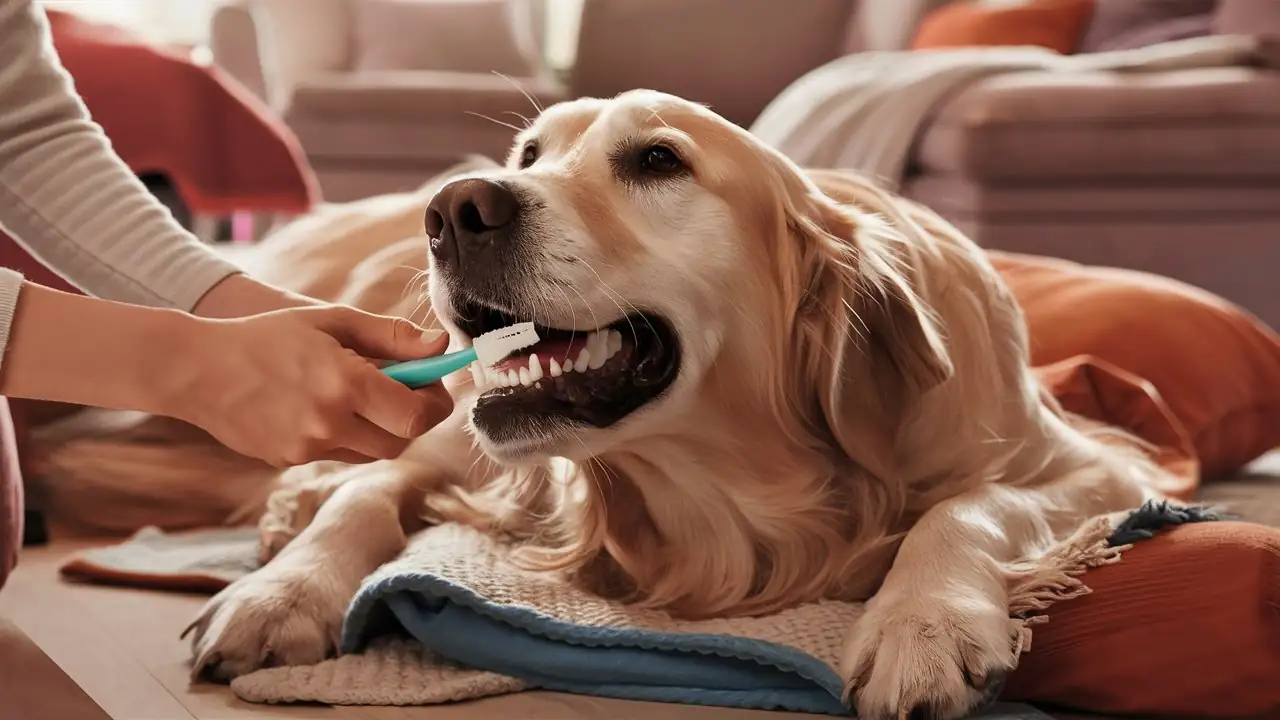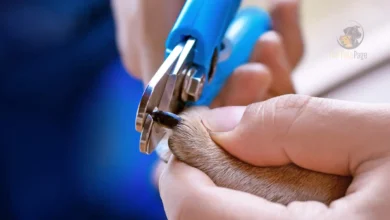How To Brush Dog Teeth? Uplift Your Dog’s Oral Health

The key to effective dog’s grooming is keeping your dog’s oral hygiene in check. Maintaining the oral hygiene is crucial for their overall health and well-being. Regular tooth brushing can prevent dental issues such as plaque buildup, gum disease, and bad breath. If you’re wondering how to brush your dog’s teeth effectively, follow these steps for a successful dental care routine.
- Introduce Your Dog to Brushing
- Choose the Right Tools
- Establish a Positive Routine
- Brushing Technique
- Frequency of Brushing
- Monitor for Signs of Dental Problems
Introduce Your Dog to Brushing
Dogs need training just like the human babies do therefore you need to start with the basic training. Start by showing your dog the toothbrush it will be using so that it can get familiarized with it. The next thing you must do is get them to sniff and lick the toothpaste so that they can develop the taste.
Gradually introduce the toothbrush into your dog’s mouth, starting with short sessions to avoid overwhelming them. Once they are used to the brush start the longer sessions.
Choose the Right Tools
Choosing the right tools for brushing your dog’s teeth is crucial to ensure they are comfortable during the process. Begin by picking a toothbrush designed specifically for dogs, which typically features soft bristles to be gentle on their gums, or consider a finger brush that can offer more control and sensitivity. Additionally, it’s important to use toothpaste formulated for dogs.
Unlike human toothpaste, which can be toxic if ingested, dog toothpaste is safe if swallowed and comes in flavors that are more appealing to your pet, making the brushing experience more enjoyable for them.
Establish a Positive Routine
To ensure an effective tooth-brushing routine, selecting a quiet, comfortable space is crucial. This minimizes distractions and reduces stress, making the process more enjoyable for both the brusher and the person being assisted. To transform tooth brushing into a positive experience, consider incorporating praise, treats, or rewards.
Offer these incentives before and after the session to motivate and establish good dental hygiene habits. This not only reinforces the behavior but also builds a pleasant association with tooth brushing. Such an approach can significantly enhance cooperation and overall dental health, making the practice a welcomed part of the daily routine.
Brushing Technique
Lift your dog’s lips to access their teeth and gums. Gently brush in circular motions, focusing on the outer surfaces of the teeth and along the gum line. Pay extra attention to the back teeth, where plaque and tartar buildup are common.
Frequency of Brushing
To maintain your dog’s oral health, it’s recommended to brush their teeth at least two to three times each week. Ideally, daily brushing should be your goal, especially if your dog is predisposed to dental issues or has experienced dental problems in the past.
Regular tooth brushing helps prevent the buildup of plaque and tartar, which can lead to gum disease and other serious health complications. By establishing a consistent routine, you not only protect your dog’s teeth and gums but also contribute to their overall well-being.
Remember, a healthy mouth supports a healthy dog, making regular dental care a crucial part of their healthcare regimen.
Monitor for Signs of Dental Problems
Regularly inspecting your dog’s mouth is essential for early detection of dental issues. Look for signs such as red or swollen gums, tartar buildup, bad breath, or loose teeth. Any abnormalities or changes in your dog’s oral health can indicate potential problems that require prompt attention.
If you observe any of these symptoms, it’s important to consult with your veterinarian immediately. A professional evaluation and appropriate treatment can prevent further complications, ensuring your dog’s mouth remains healthy. Ignoring dental issues can lead to severe health challenges, so proactive oral care is critical for your dog’s overall well-being.
Summing It All Up
Brushing your dog’s teeth is a vital aspect of their grooming regimen that significantly impacts their overall health. By adopting and maintaining a positive tooth-brushing routine, you can help avert dental issues and ensure that your dog enjoys a healthy smile well into the future.
This practice not only contributes to their dental health but also enhances their general well-being, keeping them happier and healthier for longer.





